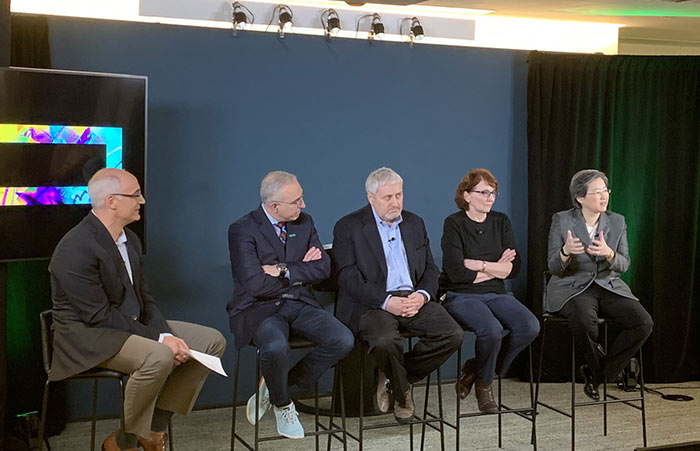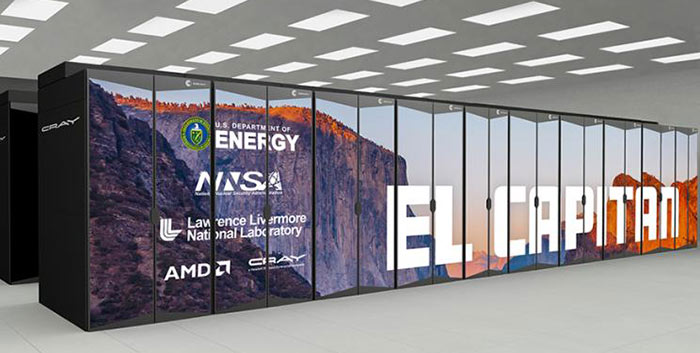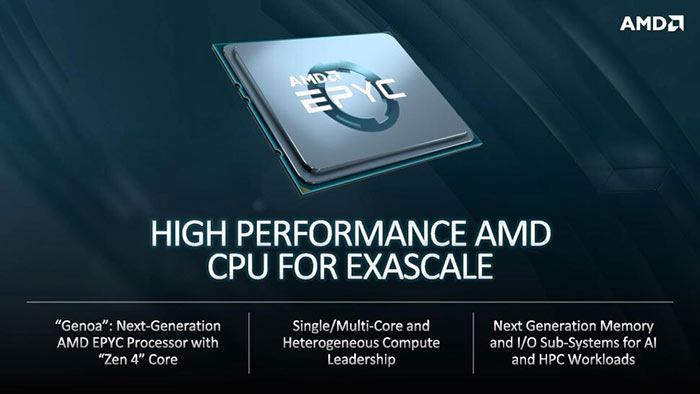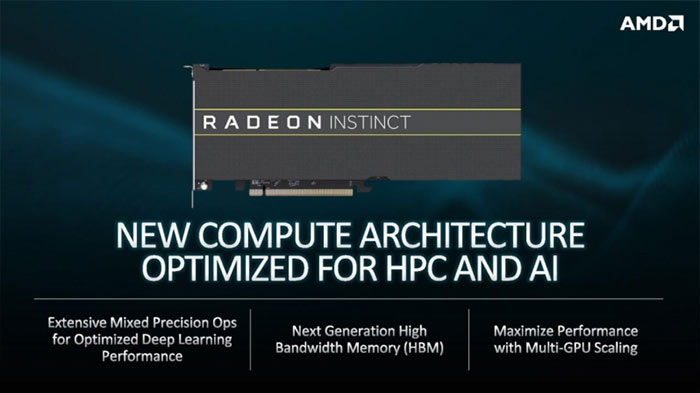AMD, HPE and the Lawrence Livermore National Laboratory (LLNL) have announced a new exascale supercomputer dubbed El Capitan. Due to begin operations in early 2023, El Capitan is the second all-AMD CPU and GPU exascale supercomputer in the US. Astonishingly it is "expected to be more powerful than today's 200 fastest supercomputers combined". In another comparison, against today's fastest supercomputer 'Summit', it is claimed that El Capitan will be 10x faster.

AMD CEO Dr Lisa Su talks at the El Capitan announcement event
El Capitan's is expected to deliver in excess of 2 exaflops of double precision performance to researchers with access to facilities at LLNL. Some of the most important functions of El Capitan will be calculations to ensure the safety, security and reliability of the USA's nuclear stockpile. However, El Capitan will also be employed for the expanded use of AI and ML in research, computational techniques and analysis that benefits NNSA missions.

"This unprecedented computing capability, powered by advanced CPU and GPU technology from AMD, will sustain America’s position on the global stage in high performance computing and provide an observable example of the commitment of the country to maintaining an unparalleled nuclear deterrent," said LLNL Lab Director Bill Goldstein. "Today's news provides a prime example of how government and industry can work together for the benefit of the entire nation."

With El Capitan scheduled for an early 2023 turn-on, you will not be surprised that it will be powered by AMD technologies that are generations ahead of what is currently available. The AMD Epyc CPUs that will be used, for example, are next-gen parts, codenamed 'Genoa' and will be based upon the Zen 4 architecture. Similarly next gen Radeon Instinct GPUs will be used. AMD says that these GPUs will use the next- generation of high bandwidth memory and have been designed for optimum deep learning performance. Another important attraction of AMD's upcoming GPUs is that they are "anticipated to dramatically increase El Capitan’s energy efficiency as compared to systems using today’s graphical processors," notes the LLNL news blog.

Bringing the CPUs and GPUs together will be the 3rd Gen AMD Infinity Architecture, which will provide a high-bandwidth, low latency connection between the single AMD Epyc CPU and four Radeon Instinct GPUs included in each node of El Capitan. AMD explains that this architecture allows for faster than ever unified memory access. Last but not least an enhanced version of the open source ROCm heterogenous programming environment is being developed to make the best of the hardware advances.






